Winter is the time to live off the harvest of the previous season. It is also the time to develop a strategy for the next harvest season. Even when the fields are covered in a blanket of snow the farmer is planning the harvest. This can make the difference between a successful harvest that can sustain you or a failed harvest that leaves you without proper sustenance. Winter is the time to develop a harvest strategy. It is the time for planning the next harvest.
Looking ahead brings life and meaning to the season of winter. It cultivates hope and anticipation for all the blessings that the harvest can bring. Without developing a strategy, however, the harvest is in danger long before the planting is to begin. Knowing what seeds need to be planted in order to grow the crop that will yield the desired harvest is essential.
Your life is a farm that has various fields within which you can grow a successful harvest. Just as the fields on a farm require planting with certain seeds in order to reap a specific harvest, the different areas of your life require the same. It is essential that the farmer knows what he wants to harvest in order to do so. It is essential that you know what you want to harvest in order to reach your destination. If you don’t know the crop that you want planted in a field, how can you expect it to grow? Planning can bring clarification.
The farmer takes time to plan the crops he will be planting for the upcoming harvest season. He is intentional about what he plants. He plans the sowing of his crops so that he can receive the harvest he desires. Just as the farmer plans his harvest, you too need to take time to plan the harvests you want to see in your life. Determining the goals you want to see accomplished will help you to determine the seeds you need to plant to receive the desired harvest. You need to plan the harvest you want to see in your life.
Considering the various fields within each of the areas you want to see a harvest in your life can help you determine what seeds need planting and what fields need to be put aside for another season.
- Fields of Faith
- Fields of Family
- Fields of Home
- Fields of Health
- Fields of Business/Career
- Fields of Finances
- Fields of Friends
- Fields of Leisure
- Fields of Self Development
Start planning your harvest by asking yourself some basic questions:
- What fields need cultivating?
- What shall the harvest of these fields be?
Once you know the fields you want to cultivate, you will know what to plant in those fields. You may discover that there are fields that need to be put aside this year. When a field is put aside and left unsown it is considered to lie fallow.
- Are there fields that need to lay fallow this year?
- Are there fallow fields that need to be reclaimed this year?
Just as a farm has different fields that can yield a harvest depending upon what is planted within, your life has different fields that yield a harvest depending upon what you plant and cultivate.
What do you plan to harvest this year?
Until we meet again, may God hold you in the palm of His hand.
~An Old Irish Blessing
Marian (McCoy) Boveri
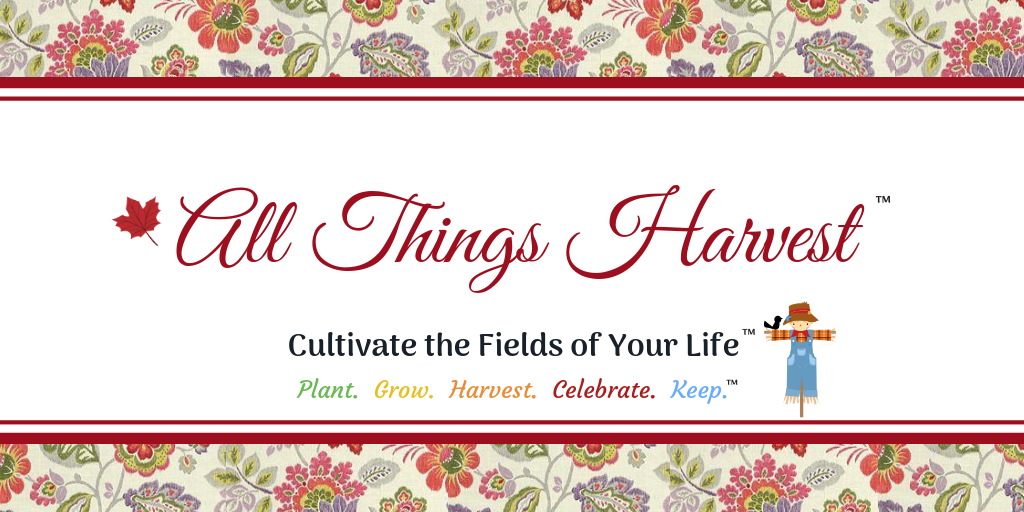









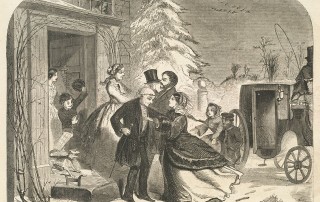

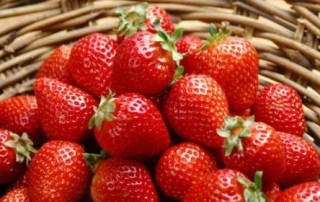

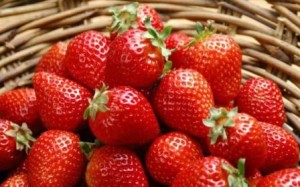





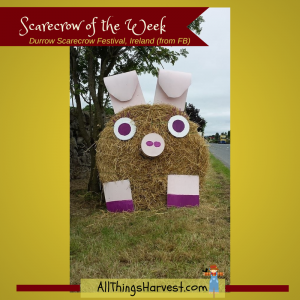
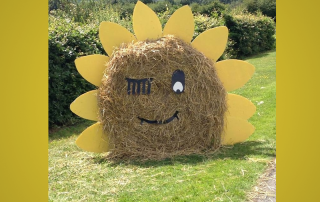
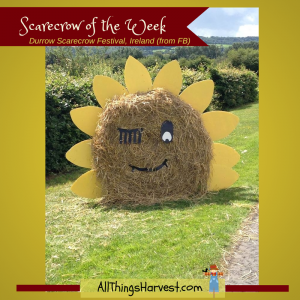

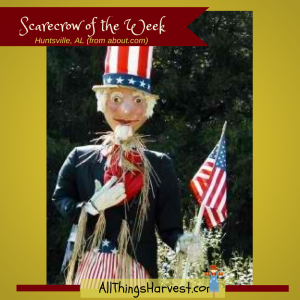
Let’s Connect
Facebook
Twitter
Google +1
LinkedIn